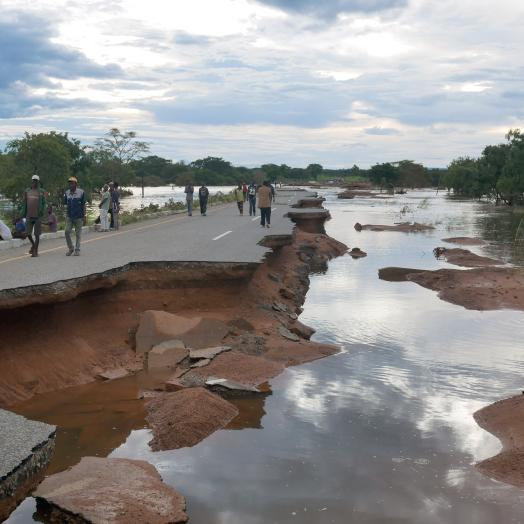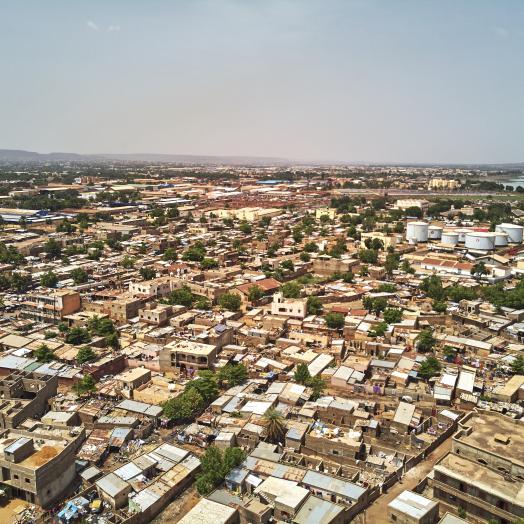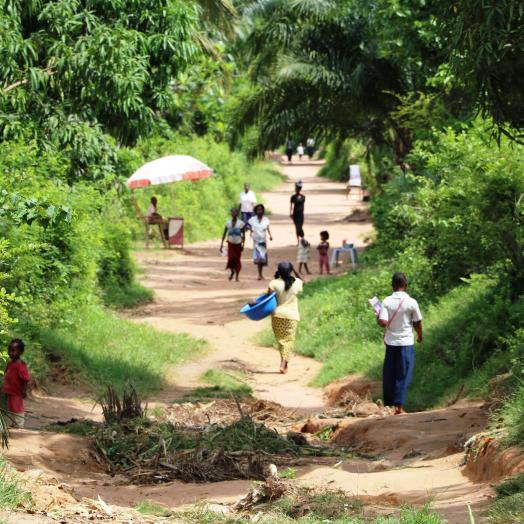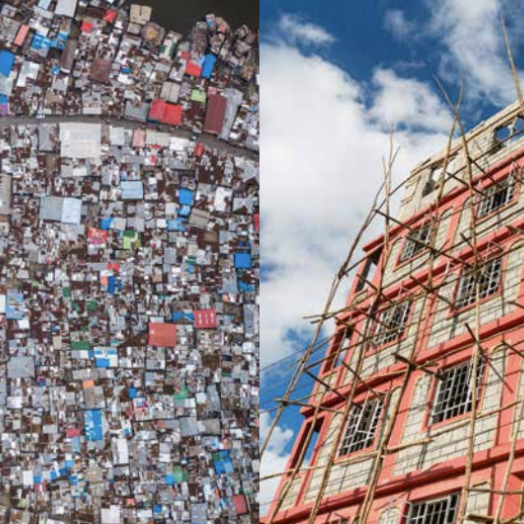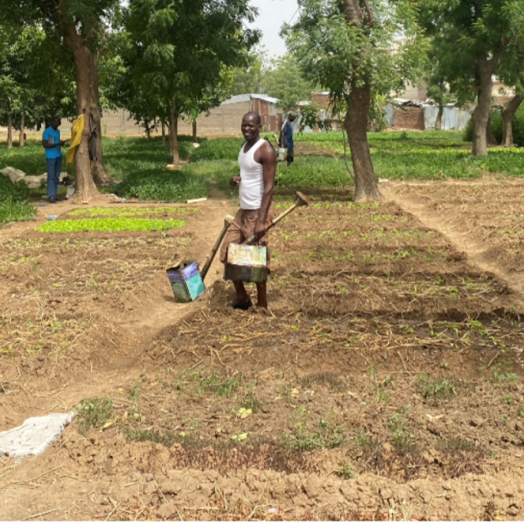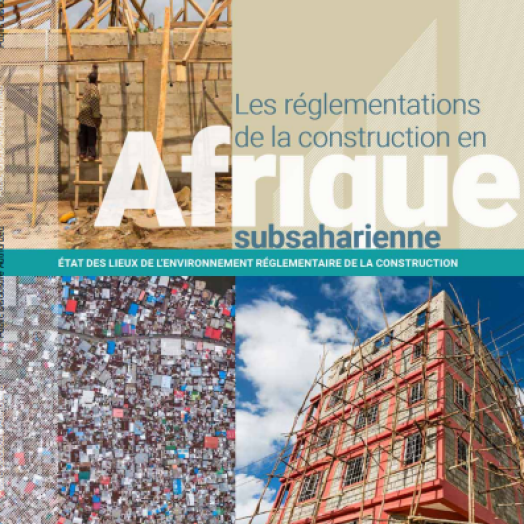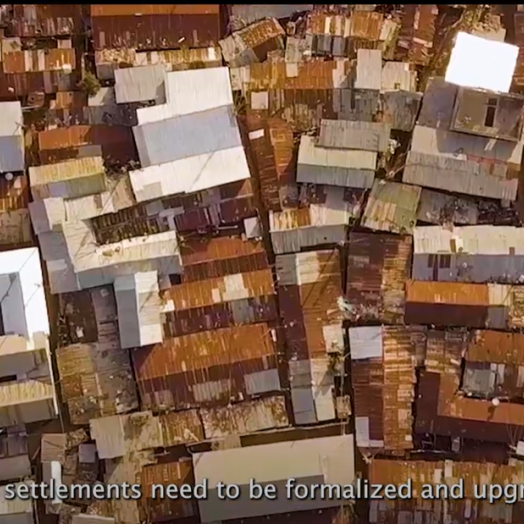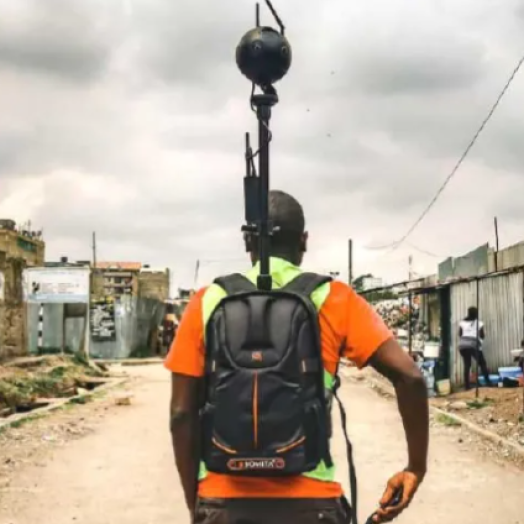Africa is the fastest urbanizing continent and faces mounting challenges as the population rapidly concentrates in underresourced cities. The rapid processes of urbanization mean that the disaster risk profiles of countries in Africa are evolving from predominantly rural, with drought and food security as the main challenges—to urban, with challenges from floods, cyclones, and earthquakes.
Countries
Sendai Priorities
Priority 1Understanding disaster risk
Priority 2Strengthening disaster risk governance to manage disaster risk
Priority 3Investing in disaster risk reduction for resilience
Priority 4Enhancing disaster preparedness for effective response and to “Build Back Better” in recovery, rehabilitation and reconstruction
Knowledge Products
Explore related knowledge products.
